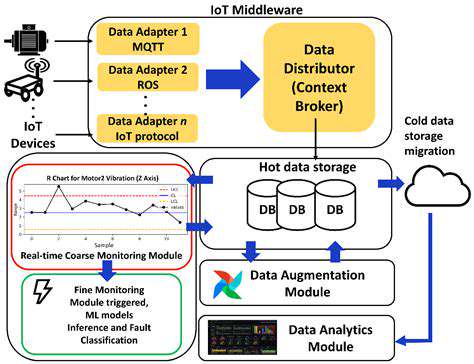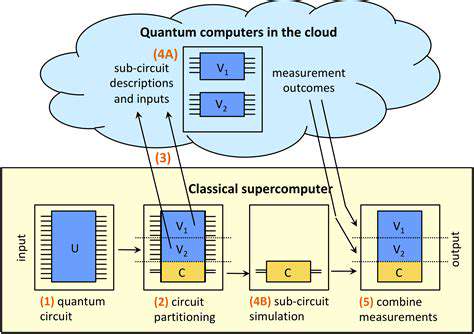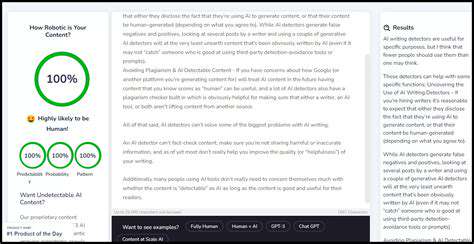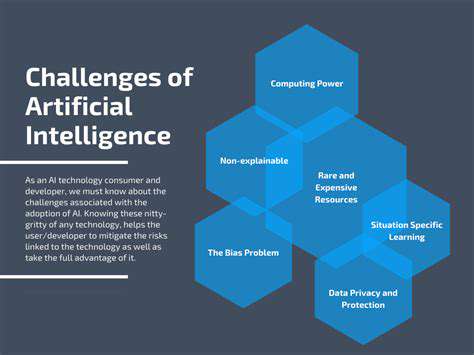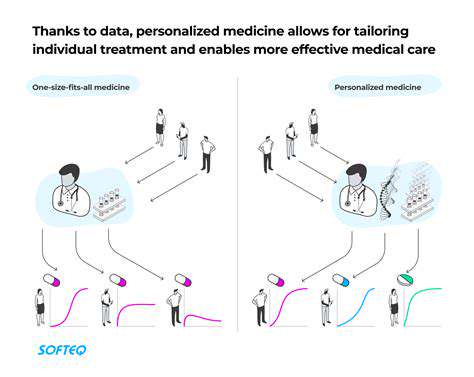NFT Ownership and Intellectual Property Rights
Understanding NFT Ownership
Owning an NFT might appear simple at first glance, but it often involves navigating a maze of legal and intellectual property complexities. Simply holding an NFT doesn't inherently confer all rights tied to the digital asset or its creative elements. Grasping these subtleties is vital because they directly shape what owners can and cannot do, as well as how others involved in the asset's creation or use might be affected.
At its core, an NFT serves as a digital proof of authenticity. It identifies the rightful owner of the asset, but the exact privileges that come with ownership can differ widely. These variations depend on the smart contract's conditions, the asset's characteristics, and the legal landscape governing it.
Defining Intellectual Property Rights
Intellectual property (IP) rights protect creators by giving them legal control over their original works. Typically, these rights include exclusivity in reproduction, distribution, public display, performance, and the creation of derivative works.
For NFTs, the digital content—whether art, music, or other creative output—usually falls under IP regulations. Recognizing how NFT ownership intersects with existing IP laws is essential, as these frameworks heavily influence how owners can leverage and profit from their assets.
The Role of Smart Contracts in Defining Ownership
Smart contracts, the self-executing agreements coded into blockchain technology, are instrumental in shaping NFT ownership. These contracts spell out the precise terms, including any limitations, usage restrictions, and potential royalty arrangements.
For instance, a smart contract might allow the NFT holder to showcase the artwork publicly but forbid modifying or creating spin-offs without the creator's explicit consent.
NFTs and Copyright Ownership
Copyright law protects original works of authorship, extending to digital creations. A critical consideration with NFTs is how copyright ownership dovetails—or clashes—with NFT ownership, as this interplay dictates the boundaries of what owners can legally do.
Potential Conflicts Between Ownership and IP Rights
Conflicts often emerge when an NFT represents a work already shielded by copyright. The NFT holder may lack the full spectrum of copyright privileges tied to the original creation.
Such gaps can spark disputes, especially if the owner attempts uses that encroach on others' copyright protections.
Monetization and Licensing with NFTs
While NFTs offer monetization and licensing opportunities, leveraging these often requires traversing intricate legal terrain. Owners may need additional licenses or permissions to exploit the underlying work in certain ways, which can influence the NFT's value and utility.
Dispute Resolution and Legal Frameworks
Disagreements over NFT ownership and IP rights can stem from ambiguous contract language, competing claims, or misinterpretations of ownership rights.
Establishing clear legal frameworks to mediate these conflicts is key to fostering fairness and efficiency in the NFT space while safeguarding all participants' interests.
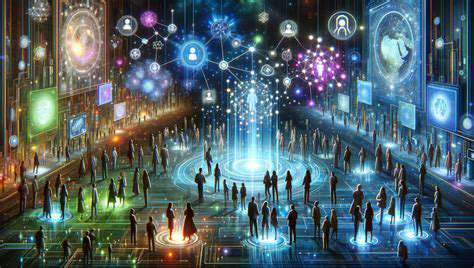
Future Trends and Challenges in NFT Ownership
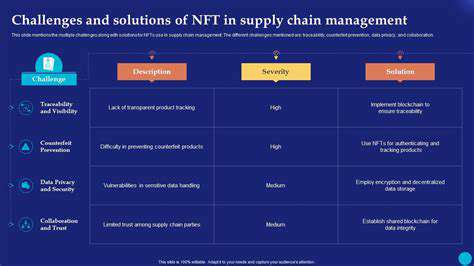
Emerging Technologies in NF
The progression of network functions (NFs) is deeply intertwined with cutting-edge tech innovations. Software-defined networking (SDN) and network virtualization are pivotal, offering unmatched flexibility and scalability in network architecture. These advancements allow for dynamic, adaptable NFs that can be deployed or modified swiftly, boosting network agility. Integrating AI and machine learning further enhances NF capabilities, enabling smarter automation, predictive upkeep, and optimized resource use—all of which streamline operations and cut costs.
Cloud-native technologies are also reshaping NFs. By leveraging cloud platforms, organizations can scale NFs effortlessly, adapting to demand fluctuations while reducing expenses. This shift fosters novel approaches to managing and orchestrating network functions, paving the way for more cohesive and innovative solutions.
Security Considerations for NF
As NFs grow in complexity, so do their security demands. Safeguarding data integrity, enforcing strict access controls, and patching vulnerabilities are non-negotiable in this environment. The move toward software-defined and virtualized systems introduces new risks, necessitating advanced defenses like intrusion detection and regular security audits. A comprehensive security strategy must cover the entire network, not just individual functions.
DDoS attacks are a mounting threat to NF infrastructure. Effective countermeasures—such as real-time traffic analysis and distributed filtering—are essential to maintain uptime. Additionally, the reliance on open-source tools in NF development calls for rigorous vetting to prevent exploits.
Operational Challenges and Opportunities
Running a network of NFs smoothly demands seamless integration and interoperability across systems. Streamlined management and orchestration are critical to sustaining performance and stability. Standardized protocols and interfaces help NFs communicate effectively, ensuring uninterrupted data flow. Robust monitoring tools are equally important for rapid issue resolution.
The rising intricacy of NF deployments also highlights a skills gap. Demand is surging for experts in NF tech, cybersecurity, and cloud-native architectures. Investing in training and collaborative R&D will be vital to cultivate talent and tackle emerging hurdles.
Resource optimization remains a persistent challenge. Balancing performance with cost-efficiency requires judicious allocation of bandwidth, storage, and computational power across NFs.
